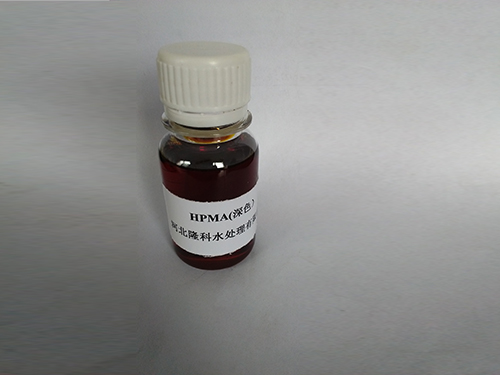poly aluminum chloride
Poly Aluminum Chloride An Overview
Poly Aluminum Chloride (PAC) is an inorganic polymer often used in water treatment processes, wastewater treatment, and as a coagulant in drinking water purification. Its significance stems from its effectiveness in removing suspended particles, colloids, and turbidity from water, making it an essential chemical in the purification industry.
Chemical Composition and Properties
PAC is a variant of aluminum chloride, characterized by its polymeric structure made up of aluminum ions. Its general formula can be represented as [Aln(OH)mCl(3n-m)], indicating that it consists of aluminum hydroxide and aluminum chloride in varying proportions. The production process usually involves the hydrolysis of aluminum chloride in water, resulting in a product that is highly soluble and effective over a wide pH range.
One of the key properties of PAC is its high charge density, which enhances its coagulation efficiency compared to conventional coagulants like aluminum sulfate. The presence of aluminum hydroxide polymers allows PAC to effectively neutralize charge on particles, thereby promoting agglomeration. This leads to the formation of larger flocs that can easily be removed from water through sedimentation or filtration.
Applications in Water Treatment
The primary application of PAC is in drinking water treatment facilities where it is utilized to clarify water by removing impurities and contaminants. When added to water, PAC initiates a coagulation process wherein it binds with suspended particles, bacteria, and other impurities. This aggregation forms larger particles that settle to the bottom or can be filtered out, resulting in clearer, cleaner water.
In wastewater treatment, PAC plays a crucial role in the removal of heavy metals and phosphorus. It effectively reduces biochemical oxygen demand (BOD) and chemical oxygen demand (COD), helping to improve the quality of effluents before they are discharged into the environment. Moreover, PAC’s ability to precipitate contaminants makes it a preferred choice for treating industrial wastewater, where specific contaminants are of concern.
Advantages Over Traditional Coagulants
poly aluminum chloride

PAC offers several advantages over traditional coagulants such as aluminum sulfate or ferric chloride. One significant benefit is its lower dosage requirement. Because of its higher charge density, PAC can achieve the desired coagulation effect with a smaller amount, leading to cost savings on both the chemical itself and the associated handling and disposal costs.
Additionally, PAC exhibits better performance across a wider pH range, which is particularly beneficial in environments where water chemistry may vary. This adaptability means that PAC can function effectively in both acidic and alkaline conditions, making it a versatile option in diverse water treatment scenarios.
Another advantage is the lower production of sludge compared to traditional coagulants. This is crucial for facilities where sludge handling and disposal are major operational costs. By minimizing sludge generation, PAC helps facilities enhance their operational efficiency and reduce environmental impact.
Environmental Considerations
Despite its advantages, the use of PAC does involve environmental considerations. The release of residual aluminum into water bodies may pose risks to aquatic life. Therefore, it's essential for water treatment facilities to optimize dosage and continually monitor water quality to ensure compliance with environmental regulations.
To mitigate potential impacts, research is ongoing into the development of more sustainable alternatives and practices. Innovations in treatment technologies, including PAC formulations that reduce aluminum residuals, are at the forefront of ensuring that water treatment processes remain effective while minimizing harm to the environment.
Conclusion
In summary, Poly Aluminum Chloride is a vital component in the field of water treatment due to its efficient coagulation properties and versatility. As the demand for clean water continues to rise, PAC’s role will likely grow, propelling further advancements in water purification and wastewater management technologies. The ongoing efforts to balance efficiency with environmental responsibility will shape the future landscape of water treatment practices globally.
-
Pbtc Scale InhibitorPBTC: A Scale Protector for Industrial Water TreatmentNewsAug.05,2025
-
Organic Phosphonate: An Efficient Defender in the Field of Scale InhibitionNewsAug.05,2025
-
Hydrolyzed Polymaleic Anhydride: Green Pioneer in Scale Inhibition FieldNewsAug.05,2025
-
PAPEMP Polyamino Polyether Methylene Phosphonic Acid For SaleNewsAug.05,2025
-
Flocculant Water Treatment: A Pioneer in Purification in the Field of Water TreatmentNewsAug.05,2025
-
Benzyl Isothiazolinone: An Efficient and Broad-Spectrum Antibacterial Protective GuardNewsAug.05,2025





